Sprinkled throughout every county in one of the country’s most densely populated states, lives more than 3,000 furry, lumbering omnivores. Even in New Jersey, black bears have learned to coexist, more or less, with humans.
Their adaptability has made them one of the world’s most abundant bear species, and also the one faring the best in an increasingly human-dominated landscape. Bear researchers, the ones most invested in black bears’ future, are hard pressed to come up with many substantial threats to their future across their range.
And as our climate continues to change, bear researchers say black bears will likely do just fine, as long as we can maintain some amount of natural space and corridors to connect those areas to one another. So why has fortune smiled on the black bear and not, say, grizzly or polar bears?
The answer, researchers say, lies in a combination of their adaptability and their general tendency to stay away from, well, us.
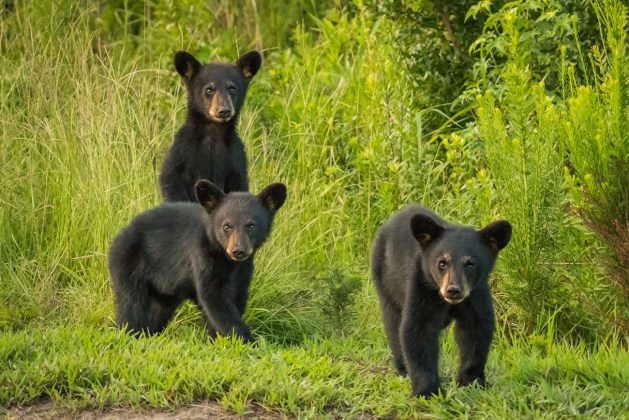
“Kind of Like a Big Raccoon”
Unlike the polar bear, which by function of home range, is restricted largely to a diet of seals, and the panda bear, which eats almost exclusively bamboo, black bears have incredibly varied diets.
During portions of the year in Minnesota, some bears will sustain themselves entirely on ants, scooping up the adults and slurping their larvae.
“In June, it’s 90% of their diet for about three weeks,” says David Garshelis, the International Union of Conservation of Nature’s bear specialist chairperson. “It’s a lot of protein.”
Other times of the year their diet might be primarily corn, berries, or deer fawns, if they can catch them quick enough. (Deer fawns are notoriously quick and agile, rendering them too fast for a lumbering black bear within a couple weeks or so of their births).
“They have a strategy where they will eat as much as they can of whatever is available,” he says. “Let’s say a fruit lasts two weeks and then it’s gone. Bears are super mobile and can smell a patch of food from a mile away and take advantage of it.”
In some ways, says Joe Holbrook, a University of Wyoming professor, black bears are “kind of like a big raccoon.”
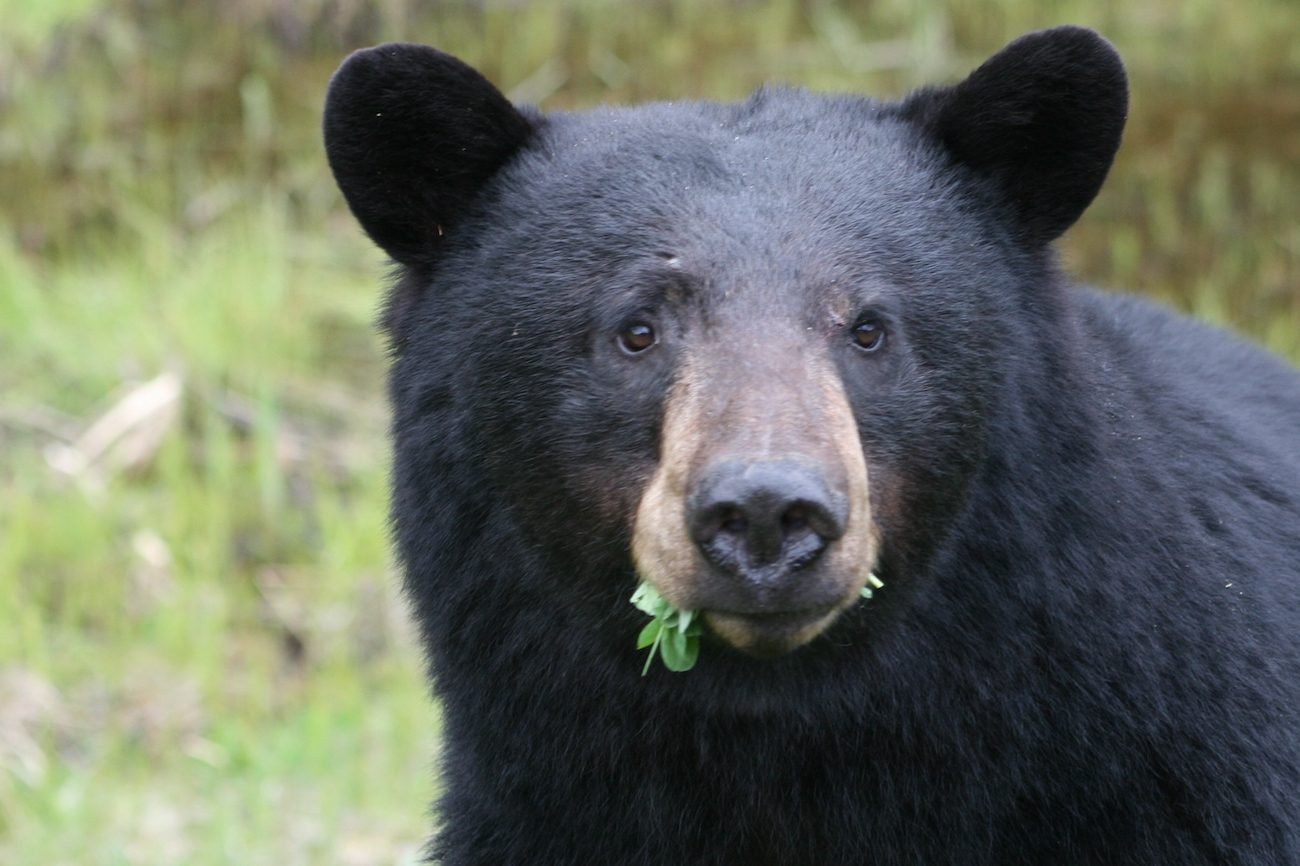
Avoiding Conflict
Garshelis spent years tracking and studying black bears on a military reserve in Minnesota. The bears weren’t hunted and spent their lives around humans, giving them a familiarity with Homo sapiens. But even as used to humans as those bears had become, they rarely wanted anything to do with him.
Once he spent a day tracking an old female bear. She used all her evasive maneuvers to avoid him, tucking under ferns and skittering in the opposite direction, clearly irritated by his presence and trying to shake him, until finally she hid under a fallen log over a trail.
He walked to the log and stepped over it, knowing the bear was underneath. It wasn’t until he was well past the log on the trail that he turned around and looked back. She stood up and looked at him.
“She didn’t want to be aggressive, but told me stop following her already in a just a very timid way.”
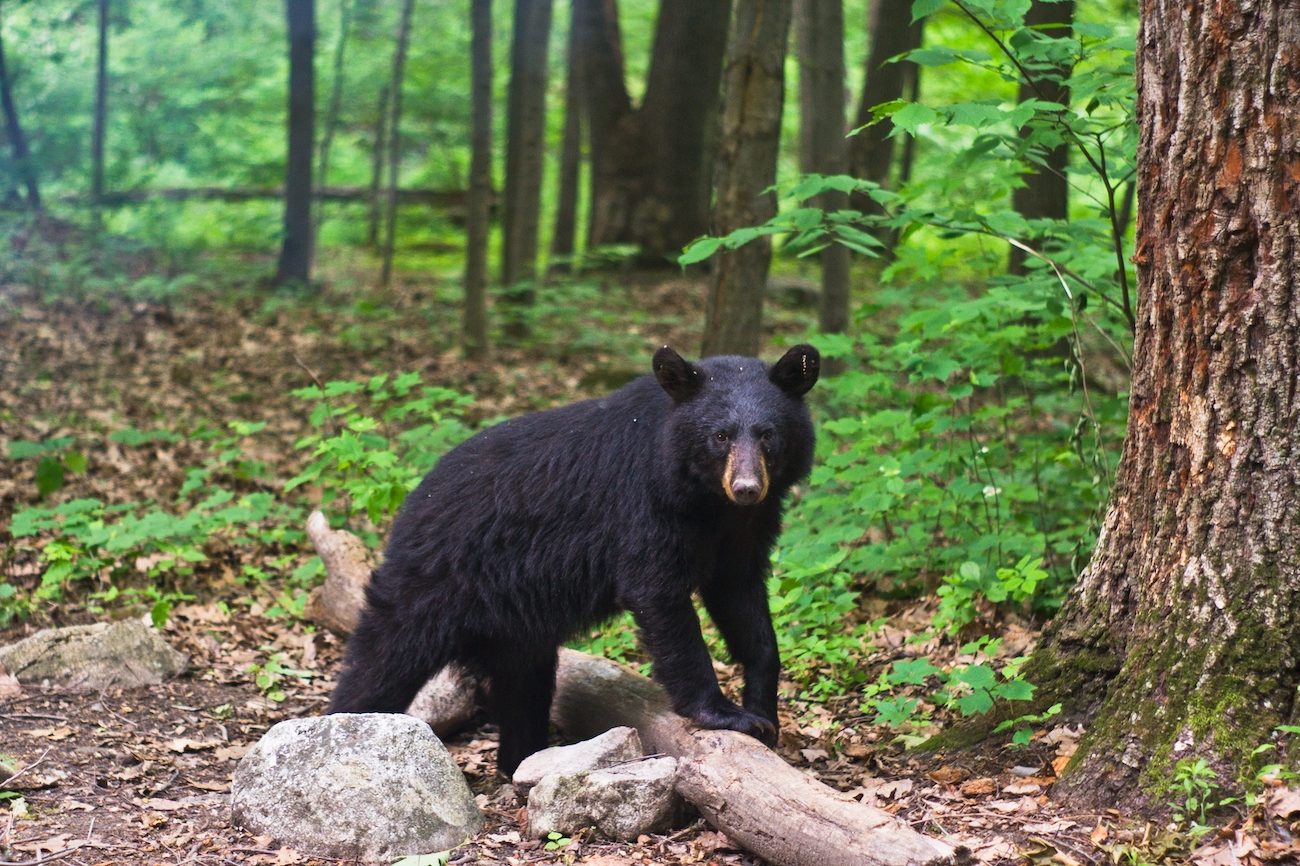
It’s this universal quality of human avoidance that has helped keep black bears around as long as they have, researchers say. Brown bears have a similarly diverse diet of berries, meat and anything else they can consume, but brown bears are bigger and have often dramatically different attitudes.
Brown and grizzly bears will still generally avoid conflict with humans; well-known bear-safe tactics like traveling in groups of three or more and making noise in the woods will usually keep grizzly bears away. But brown bears are more prone to aggression than black bears.
“In my estimation, they see the world through two different lenses,” Holbrook says. “Black bears see the world through a more skittish lens: they want to take advantage of resources, but they want to do it safely. Grizzlies want to take advantage of resources and don’t care what they bump into.”
It’s partly why black bears and brown bears fared so differently under European expansion. Both historically lived in abundance from the California’s coast to the banks of the Missouri, and both bears were widely persecuted.
But grizzly bears have only returned in protected, largely human-free landscapes of the Yellowstone area in Montana, Wyoming and Idaho and portions of northern Montana and western Washington.
Black bears can still create their share of mischief, though, which combined with drought in some of their southernmost ranges are the only real concerns researchers have about their continued survival.
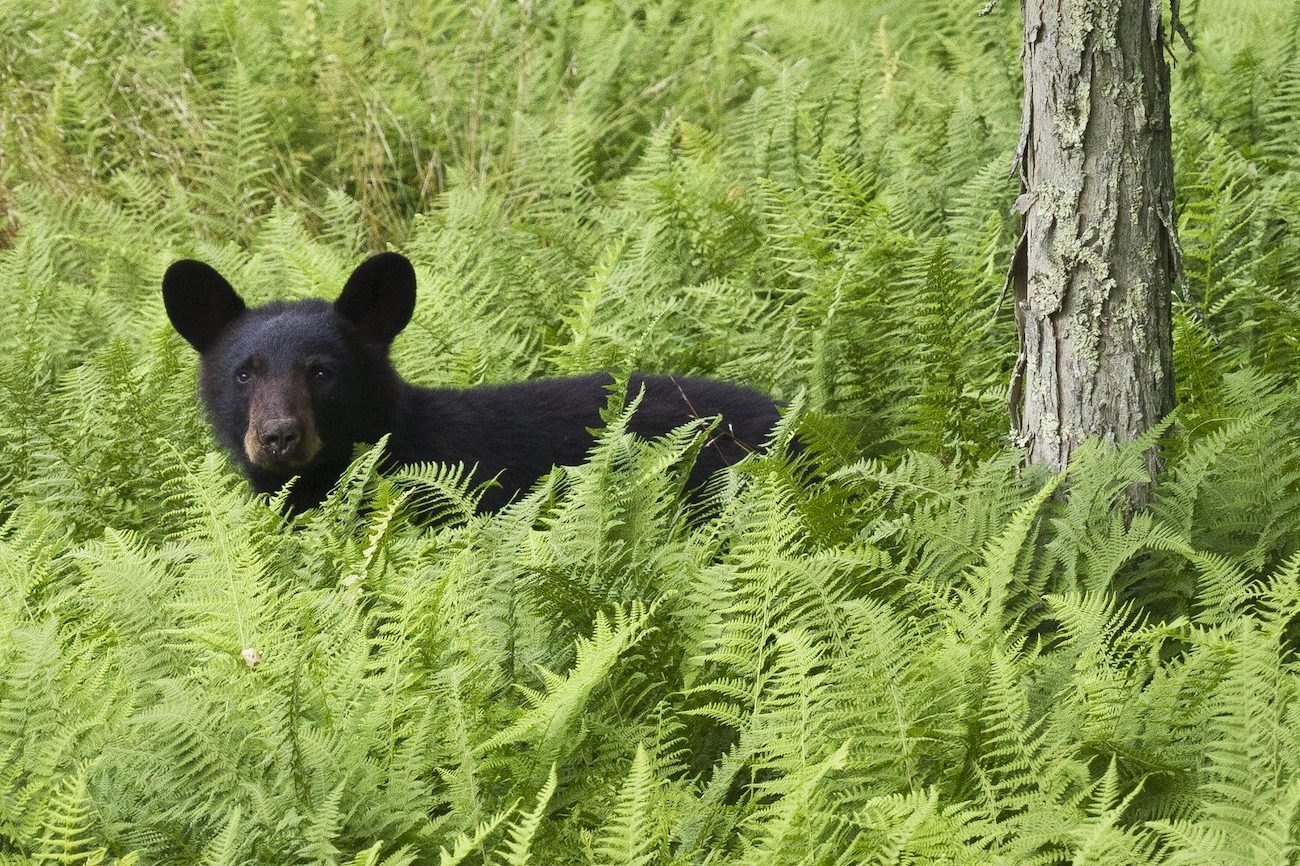
Connection Still Matters
While climate change’s impact will likely touch every aspect of every species’ life, researchers believe black bears will be one of the least impacted, at least for now.
If the climate continues on its current trajectory of heat and drought in the southern arid portions of the U.S. and Mexico, the species will struggle to survive. They’re listed as threatened by the state of Texas, and in parts of Mexico they must travel dozens if not 100 miles across desert looking for food. But in most places, black bears will do just fine.
Eric Olsen, The Nature Conservancy’s New Jersey Director of Conservation Programs worries both about habitat fragmentations and that as the climate warms, periods of time when bears hibernate with shorten, creating more opportunities for bears to turn over garbage cans, dig into bird feeders and otherwise cause trouble.
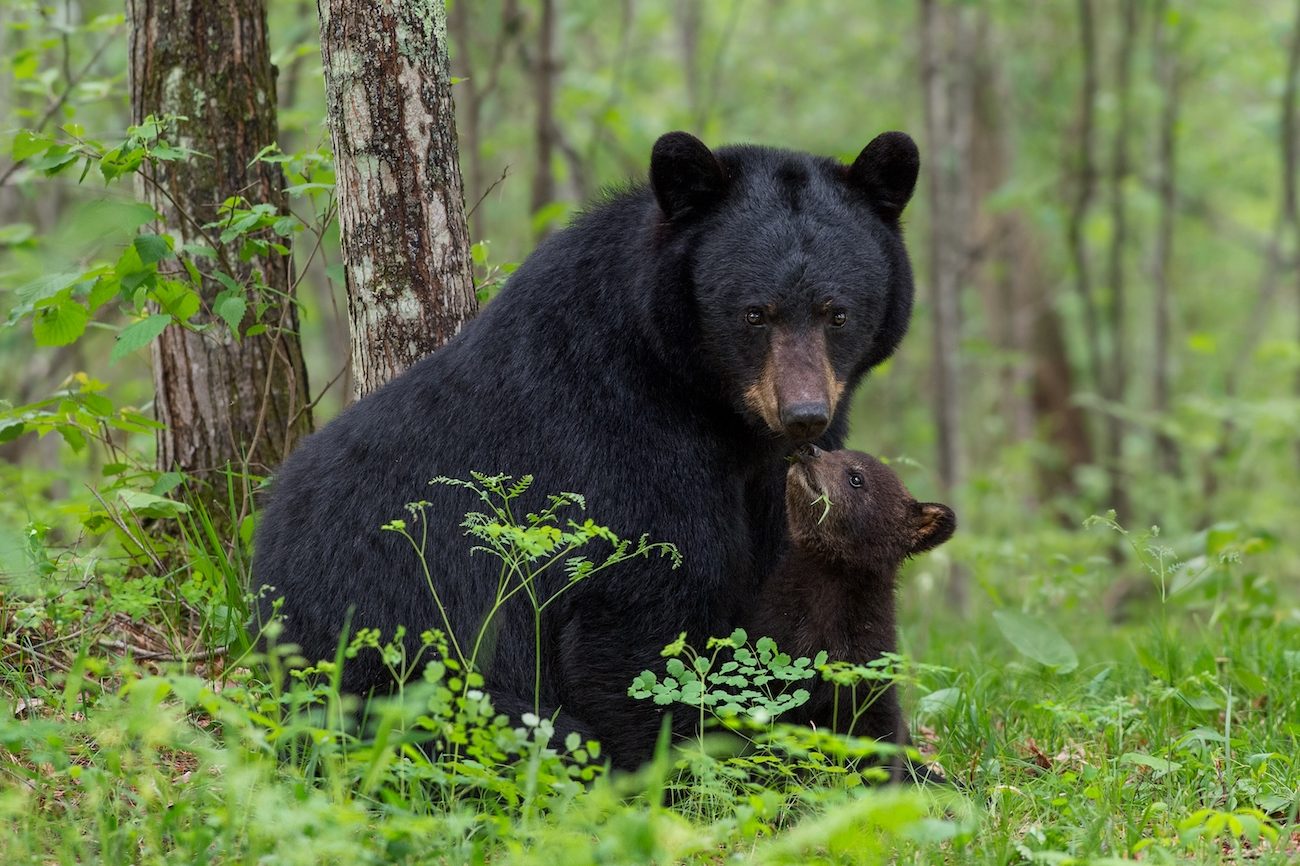
But Gershalis says bears, and humans, will adjust to shorter hibernations. Bears in places like Arkansas already hibernate for much shorter chunks of winter than bears in, say, northern Minnesota.
He does agree with Olsen, however, that if we continue slicing and dicing our landscapes, increasingly fragmenting the remaining natural spaces we have left, conflicts between humans and bears will only increase.
We can adapt, too, by using bear proof garbage cans and tucking away birdseed and other attractants, but even the adaptable black bear needs some space to itself.




We have a cabin in northern Wisconsin. Black bears are pretty common up there. My husband wants me to carry bear spray when I go birding. I’d rather not. Should I be worried?
Re “homo sapiens” and “an increasingly human-dominated landscape”
The juxtaposition of these terms hints at the insanity of humans…
At the core of homo sapiens is unwisdom (ie, madness) and so the human label of “wise” (ie, sapiens) is a complete collective self-delusion — study the free scholarly essay “The 2 Married Pink Elephants In The Historical Room” … https://www.rolf-hefti.com/covid-19-coronavirus.html
“When a well-packaged web of lies has been sold gradually to the masses over generations, the truth will seem utterly preposterous and its speaker, a raving lunatic.” — Dresden James
Once you understand that humans are “invisibly” insane (pink elephant people, see cited essay) you’ll UNDERSTAND (well, perhaps) why they, especially their alleged experts, perpetually come up with myths and lies about everything … including about themselves (their nature, their intelligence, their origins, their “supreme” status, etc).
“Repeating what others say and think is not being awake. Humans have been sold many lies…God, Jesus, Democracy, Money, Education, etc. If you haven’t explored your beliefs about life, then you are not awake.” — E.J. Doyle, songwriter